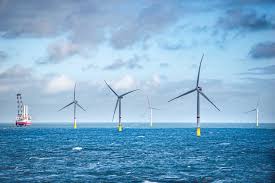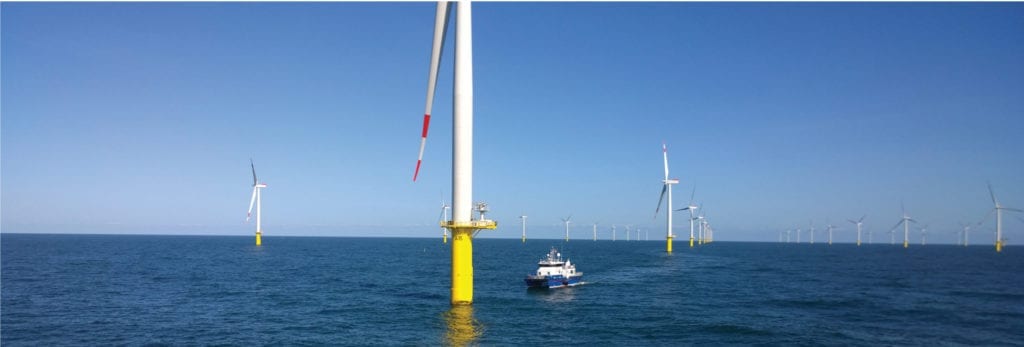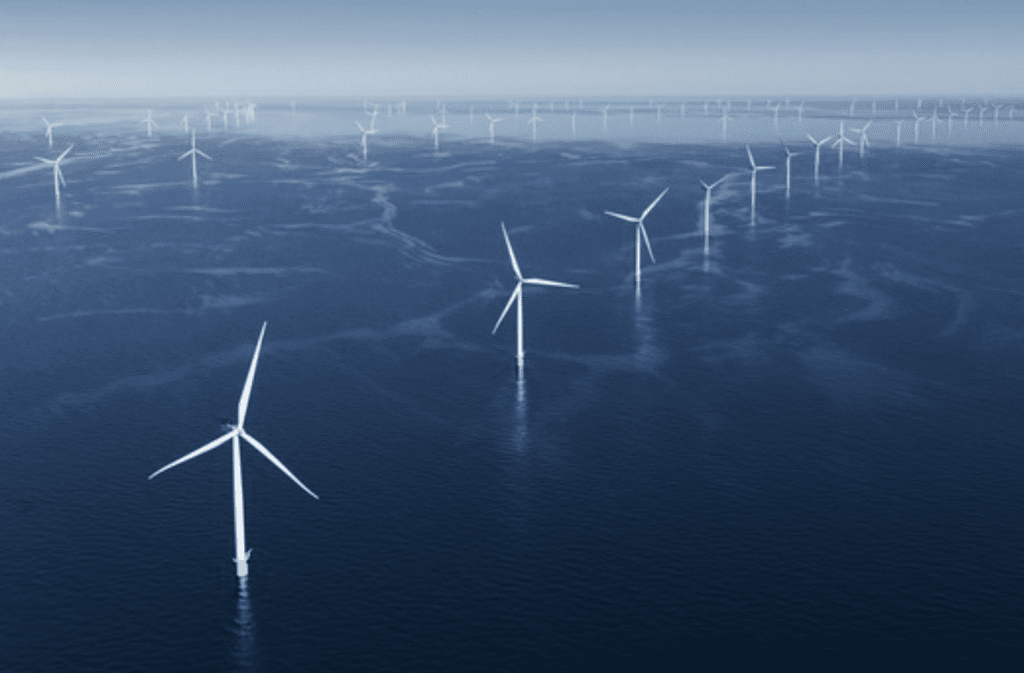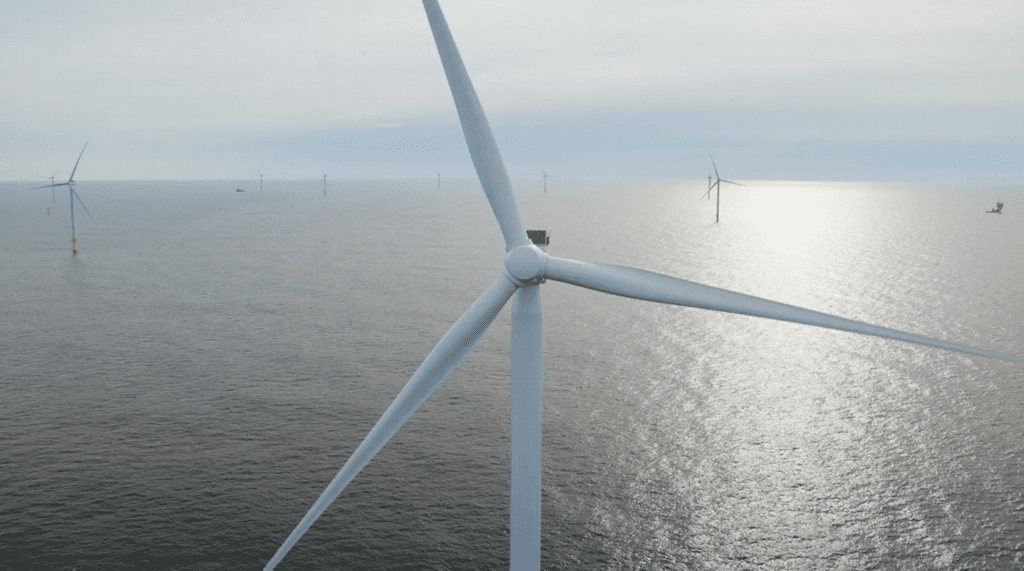The federal agency in charge of U.S. offshore energy management said it has completed the final environmental analysis for a proposed 800-MW offshore wind project, paving the way for the nation’s first commercial-scale development of its kind to move forward.
The U.S. Dept. of the Interior’s Bureau of Ocean Energy Management (BOEM) on March 8 said it will publish the Notice of Availability for the final Environmental Impact Statement (EIS) for the Vineyard Wind installation in the Federal Register this week. That kicks off a final 30-day comment period before the agency issues its record of decision on the project.
President Joe Biden has said offshore wind is part of his administration’s plan to decarbonize the U.S. power generation sector by 2035, among many initiatives focused on combating climate change.
Laura Daniel Davis, the new Principal Deputy Assistant Secretary-Land and Minerals Management for the administration, on Monday said, “The United States is poised to become a global clean energy leader” after the BOEM announcement. “To realize the full environmental and economic benefits of offshore wind, we must work together to ensure all potential development is advanced with robust stakeholder outreach and scientific integrity,” she said.
Amanda Lefton, who took over as BOEM director last month, on Monday said, “Offshore energy development provides an opportunity for us to work with Tribal nations, communities, and other ocean users to ensure all decisions are transparent and utilize the best available science. We appreciate everyone’s participation in the process and look forward to continuing to work with stakeholders on the future analysis of offshore wind projects.”
Off Massachusetts Coast
Vineyard Wind, a joint venture between Avangrid Renewables, a division of Spain’s Iberdrola, and Denmark’s Copenhagen Infrastructure Partners, will be located 15 miles off the Massachusetts coast.
The project is expected to reach financial close later this year, and enter commercial operation in 2023.
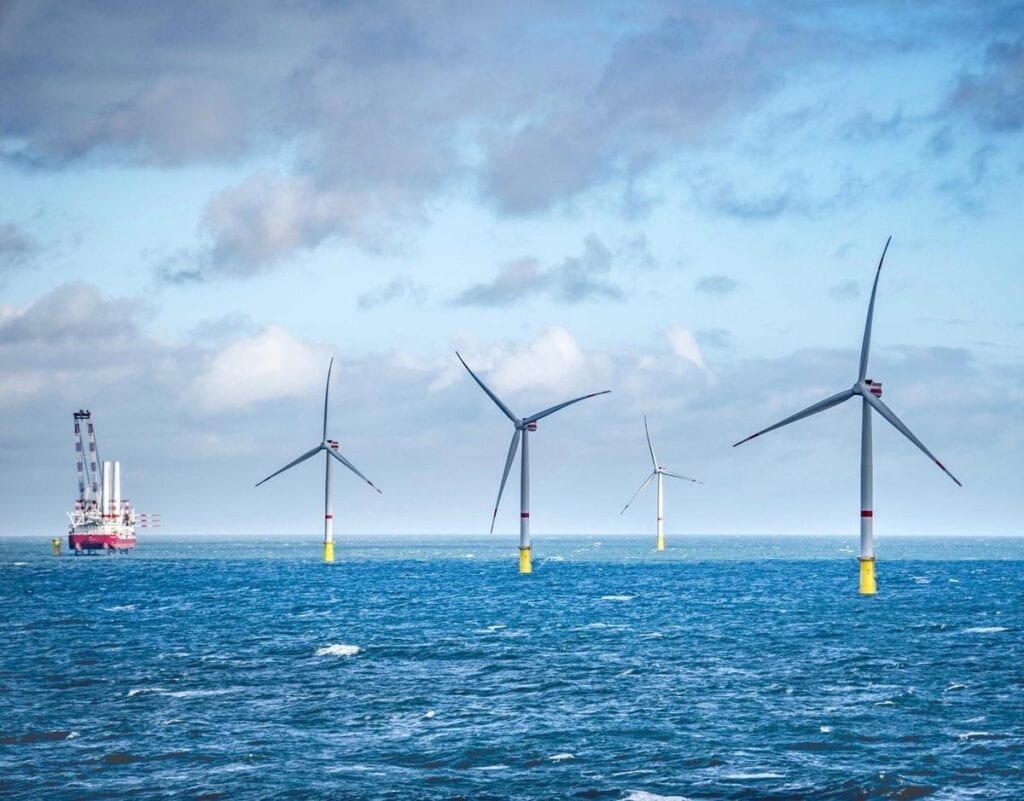
“This is the day the U.S. offshore wind industry has been anxiously awaiting for years,” said Liz Burdock, president and CEO of the Business Network for Offshore Wind, in a statement Monday. “Today’s announcement provides the regulatory greenlight the industry needs to attract investments and move projects forward. Now, BOEM must continue to consider the unique characteristics of each Wind Energy Area and move the 10 other projects through the permitting process. The U.S. can’t be one and done; otherwise, we cannot compete with the explosive growth currently seen in Asian and European markets.”
“By any measure, this is a breakthrough for offshore wind energy in the United States,” said Heather Zichal, CEO of the American Clean Power Association, in an email to POWER. “Not even two months into a new administration, years of delay have finally culminated in a thorough analysis that should soon put this infrastructure investment on its way to generating clean power for the region and creating good jobs at home. We enthusiastically applaud the Biden administration for completing a thorough analysis and moving ahead rapidly with the final steps to approve the Vineyard Wind project. This is how we catch up to our global competitors and harness a clean energy source for American communities.”
The Vineyard Wind project has moved in fits and starts, emblematic of a U.S. offshore wind sector that has faced numerous challenges and permitting delays for announced projects. The offshore wind industry has long complained about the slow pace of permitting for U.S. offshore projects.
“A timely and effective permitting regime is a necessity in developing the generational energy and economic opportunity of offshore wind,” said Erik Milito, president of the National Ocean Industries Association, after Monday’s announcement. “With Interior’s announcement, we are closer to that reality.”
Sam De Bow, Rear Admiral (ret.), a senior advisor with Dawson & Associates and former director of Marine and Aviation Operations for the National Oceanic and Atmospheric Administration, in comments shared with POWER said, “Many issues have stymied U.S. offshore wind farm deployment. Environmental opposition is clearly an issue as is our lack of certain equipment that’s vital to offshore wind production deployment.”
De Bow noted the “incredible complexity” of securing federal approval of offshore projects, with more than a dozen agencies involved with permitting. “The Biden administration has clearly signaled a desire to encourage more offshore wind farms via a timely and predictable permitting regime,” De Bow said. “That said, regulations will always govern the pace of advancement and developers must adhere to proper procedures. Otherwise, even the most viable proposals will get bogged down or face lengthy court delays.”
Change in Turbines
Vineyard Wind was put on hold in December of last year when the groups behind the installation said more time was needed to conduct a final technical review after announcing a change in the turbines expected to be used in the project. Vineyard Wind plans to use GE Renewable Energy’s Haliade-X turbines, which have a generating capacity of 12 MW to 13 MW, to supply the wind farm. The project originally planned to use 9.5-MW turbines from MHI Vestas Offshore Wind.
Industry analysts said Vineyard Wind’s December decision was likely in part based on thinking the incoming Biden administration would look more favorably on the project than the outgoing Trump administration. Interior Dept. officials in December, as part of a flurry of legal activity in the waning days of the Trump presidency, issued new guidance that said the project could be blocked by then-Interior Secretary David Bernhardt if the department “determines that either fishing or vessel transit constitute ‘reasonable uses…of the exclusive economic zone, the high seas and the territorial sea,’ ” asserting that “the Secretary has a duty to prevent interference with that use.”
Vineyard Wind CEO Lars T. Pedersen in a statement shared with POWER on Monday said, “We want to thank BOEM for all of the work they’ve done since we submitted the permit application in December of 2017 on this first-in-the-nation project. More than three years of federal review and public comment is nearing its conclusion and 2021 is poised to be a momentous year for our project and the broader offshore wind industry. Offshore wind is a historic opportunity to build a new industry that will lead to the creation of thousands of jobs, reduce electricity rates for consumers and contribute significantly to limiting the impacts of climate change. We look forward to reaching the final step in the federal permitting process and being able to launch an industry that has such tremendous potential for economic development in communities up and down the Eastern seaboard.”
The Vineyard Wind project took root in 2009, when the Commonwealth of Massachusetts and BOEM began a stakeholder process to identify offshore wind energy areas south of Martha’s Vineyard. Vineyard Wind was awarded a lease area in a competitive auction held by BOEM in 2015. Project officials submitted their state and federal permit applications in 2017, and in 2018 won the first large-scale offshore wind contract in a competitive state procurement process.
The 800-MW project will be located in the northern portion of a 166,886-acre lease area about 12 nautical miles offshore Martha’s Vineyard, and 12 nautical miles offshore Nantucket, according to Vineyard Wind’s Construction and Operations Plan (COP). The EIS from the BOEM provides the analysis of the potential environmental impacts of that COP.
—Darrell Proctor is associate editor for POWER (@POWERmagazine).











